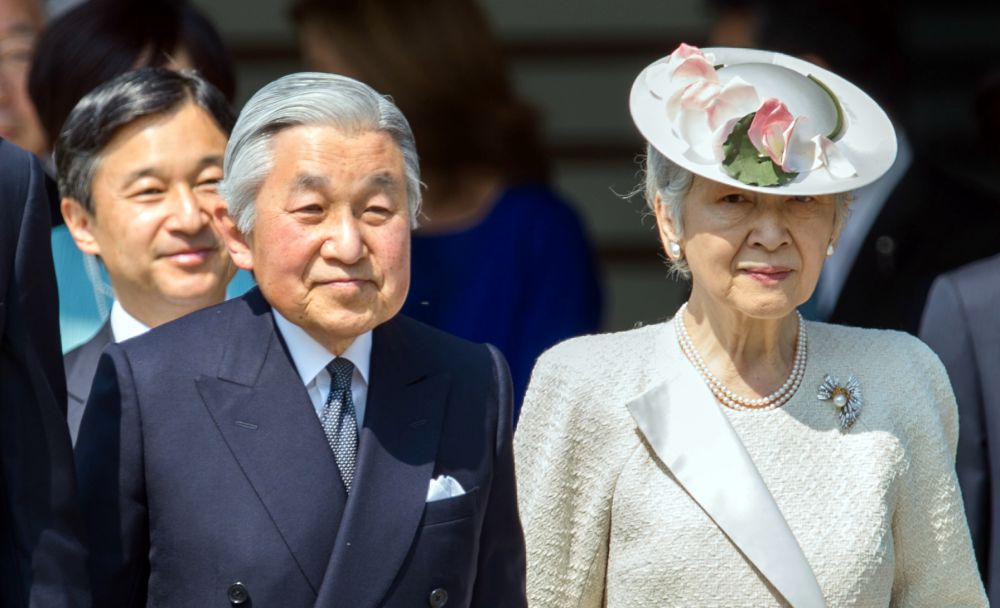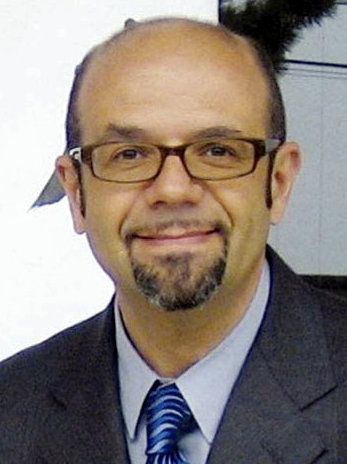
A New Era in Japan

Every new leader of a country likes to say his or her ascension represents a new era. In Japan, however, it’s literally true — though you’ll never hear the emperor say it.
That’s because the enthronement of a new emperor, as will happen May 1, mandates the naming of a new era, said Fabio Rambelli, a UC Santa Barbara professor of religious studies and of East Asian Languages and Cultural Studies and the International Shinto Foundation Chair in Shinto Studies. The new imperial reign, Reiwa, begins when Crown Prince Naruhito becomes emperor May 1. The present era, Heisei, ends on the last day of Emperor Akihito’s reign April 30.
The era’s name is important, Rambelli noted, because it is used in Japan’s official records. May 1 is the beginning of Reiwa 1; on Jan. 1, 2020, Reiwa 2 begins.
“Official documents follow the years of the emperor's era ,” Rambelli said.
The naming of an era — the result of a long process involving several scholars, public figures and politicians — is just one of the little-known aspects of the ascension of a new emperor in Japan, a ceremonial process rooted in mythology and deep history, and reshaped by the aftermath of World War II. Indeed, the world’s oldest monarchy continues as little more than a faint reflection of its powerful role in the lives of Japan’s people and its politics.
Once regarded as a direct descendant of the sun-goddess Amaterasu, the emperor today exists in “an uneasy cohabitation of modern monarchy and this old, archaic semi-religious component,” Rambelli said. “They coexist because they have been a part of the emperor’s role for centuries, and it’s really hard to have one without the other.”
Modernity, however, has caught up to the Chrysanthemum Throne. Consider the abdication of Akihito, the son of Hirohito, who reigned from 1926 to 1989. It’s the first imperial resignation in more than 200 years. Even the manner of his announcement was unusual, “because the emperor of Japan is not supposed to make any statements about politics or policy,” Rambelli said. “And that was the big exception when he did the press conference and said, in essence, ‘I’m getting old, I’m worried about my health. I’m worried I won’t be able to play my role as the symbol of the nation for much longer, so I would rather retire.’ ”
Complicating matters is the place of Shinto, normally considered the national religion of Japan. But that description has evolved over decades. Most Japanese, Rambelli noted, now view Shinto as a set of rituals that connect them to an ancient identity. (Hirohito, after Japan’s surrender, issued a “proclamation of humanity” that disavowed his divinity.) When the U.S. wrote Japan’s constitution after World War II, the emperor was defined as “the symbol of the nation and of the unity of the people,” and religion was decreed to have no role in politics.
“World War II changed the nature and perception of the emperor,” Rambelli said. “Before the war he was much more involved in politics. Now it’s unthinkable (and unconstitutional) to have the emperor presiding over, or even simply present at, a meeting of the council of ministers.”
Today, Rambelli said, the emperor’s role is performing Shinto rituals as a kind of avatar of what it means to be Japanese.
“The emperor really doesn’t do anything that is explicitly political, so people can give him any meaning that they want,” he said. “On the other hand it’s also true that the imperial court has always been one of the centers of Japanese culture in terms of poetry, music, aesthetics, protocols, ceremonies. So in that sense the emperor is, historically, the center of a lot of things that are important for Japanese culture.”
And that brings us back to the name of imperial reigns. Hirohito’s was Showa (“splendid harmony”), Akihito’s is Heisei (“achieving peace”) and Naruhito’s will be Reiwa — “beautiful harmony” but with a twist that is open to interpretation.
Traditionally, the government picks era names from classical Chinese texts, but Reiwa comes from the first collection of Japanese poetry in the 8th century. “Wa” means “harmony,” Rambelli explained, while “rei” is an archaic term meaning “beautiful.” However, in its current use, the character suggests the imperative form of the verb and thus some kind of command or “order.”
“It’s kind of dissonant,” he said. “They claim it’s ‘beautiful harmony,’ but the beautiful also implies this kind of managed, from-the-top meaning.”
One thing not in dispute: Akihito is the monarch’s personal name, but it’s not used in Japan, where he’s Emperor Heisei, Rambelli said. The new emperor, current Prince Naruhito, will become Emperor Reiwa.



